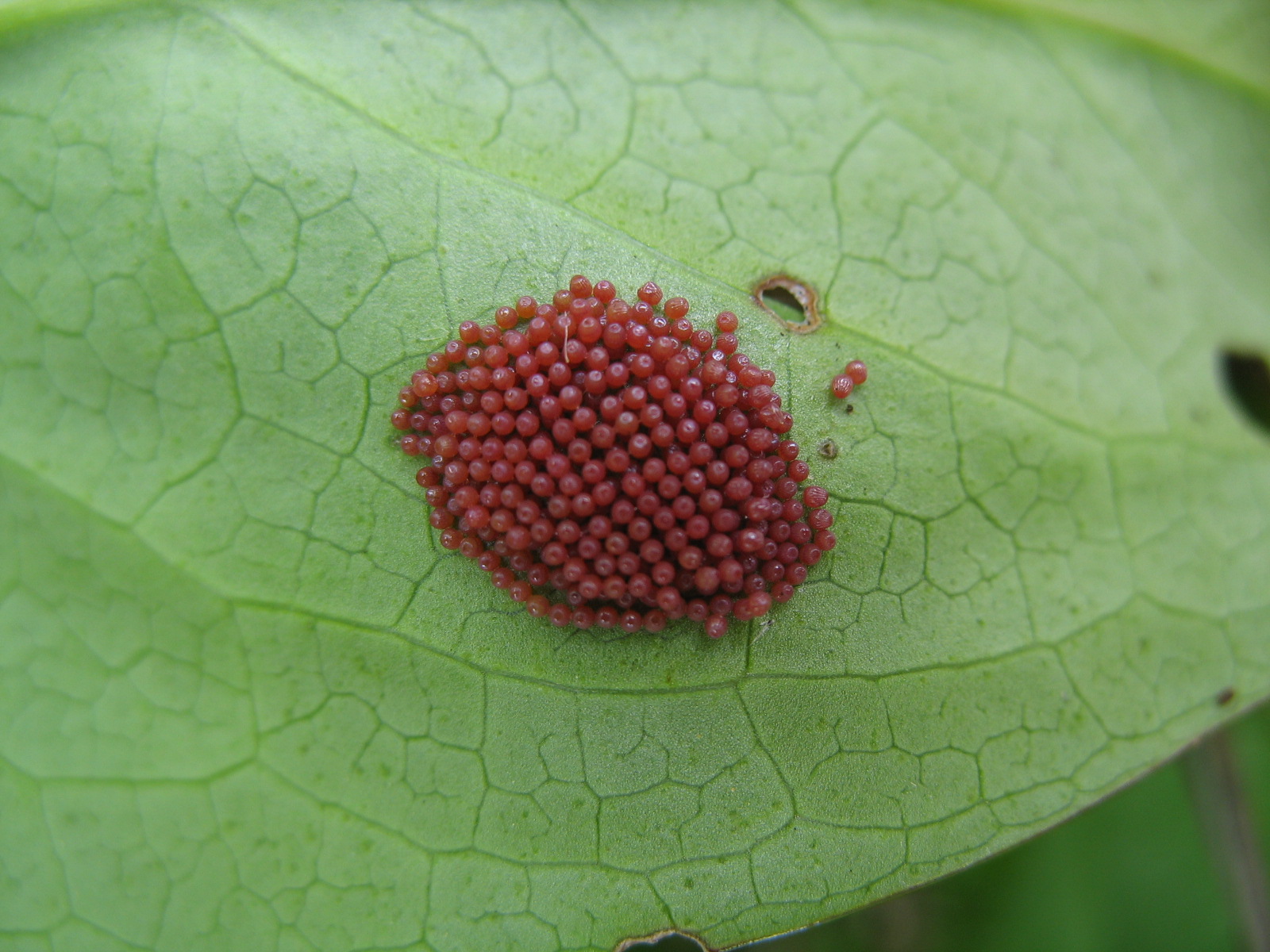D2C - When plans come true: stepping stones for the Marsh fritillary start functioning
01-07-2021
One of the main objectives of the DaRe to Connect project in the Őrség-Goričko pilot area was to connect the populations of the endangered Marsh fritillary butterfly between Slovenia and Hungary. After a year of intensive field survey, it turned out that only a single population remained in Goričko and two in Őrség, indicating that the species is at the verge of extinction in the region. These populations are separated by tens of kilometres, which is impossible to overcome by this five centimetres large insect. Therefore, instead of continuous ecological corridors, we designed so called stepping stones. These are patches of suitable habitats between populations within the one kilometre expected dispersal distance of the species.
Once the potential stepping stones were identified, we made agreements with land owners about habitat management. As a result, Marsh fritillary friendly meadow management has been introduced in two areas near to existing populations. This management included postponing mowing until the nests of Marsh fritillary caterpillars had been found and leaving unmown areas around them.
After introducing butterfly friendly mowing regime in 2020, we checked the areas for imagoes in May and egg batches of the Marsh fritillary in June 2021. To our greatest surprise imagoes appeared in one of the two areas and later on, we discovered more than ten egg batches as well. This means that one of the remaining populations expanded to a previously unoccupied habitat and we are a step further to connect populations in Őrség and Goričko.
 Marsh fritillary (photographer: Márta Havas): A butterfly species of community interest, which is declining in most of its range.
Marsh fritillary (photographer: Márta Havas): A butterfly species of community interest, which is declining in most of its range.
 Egg batches: Marsh fritillary lays its eggs on the leaves of Devil’s bit scabious and caterpillars develop here in their communal web.
Egg batches: Marsh fritillary lays its eggs on the leaves of Devil’s bit scabious and caterpillars develop here in their communal web.
 Aurinia_refuges: To prevent host plants with egg batches from mowing, unmown refuge areas are kept, where caterpillars can develop undisturbed.
Aurinia_refuges: To prevent host plants with egg batches from mowing, unmown refuge areas are kept, where caterpillars can develop undisturbed.
